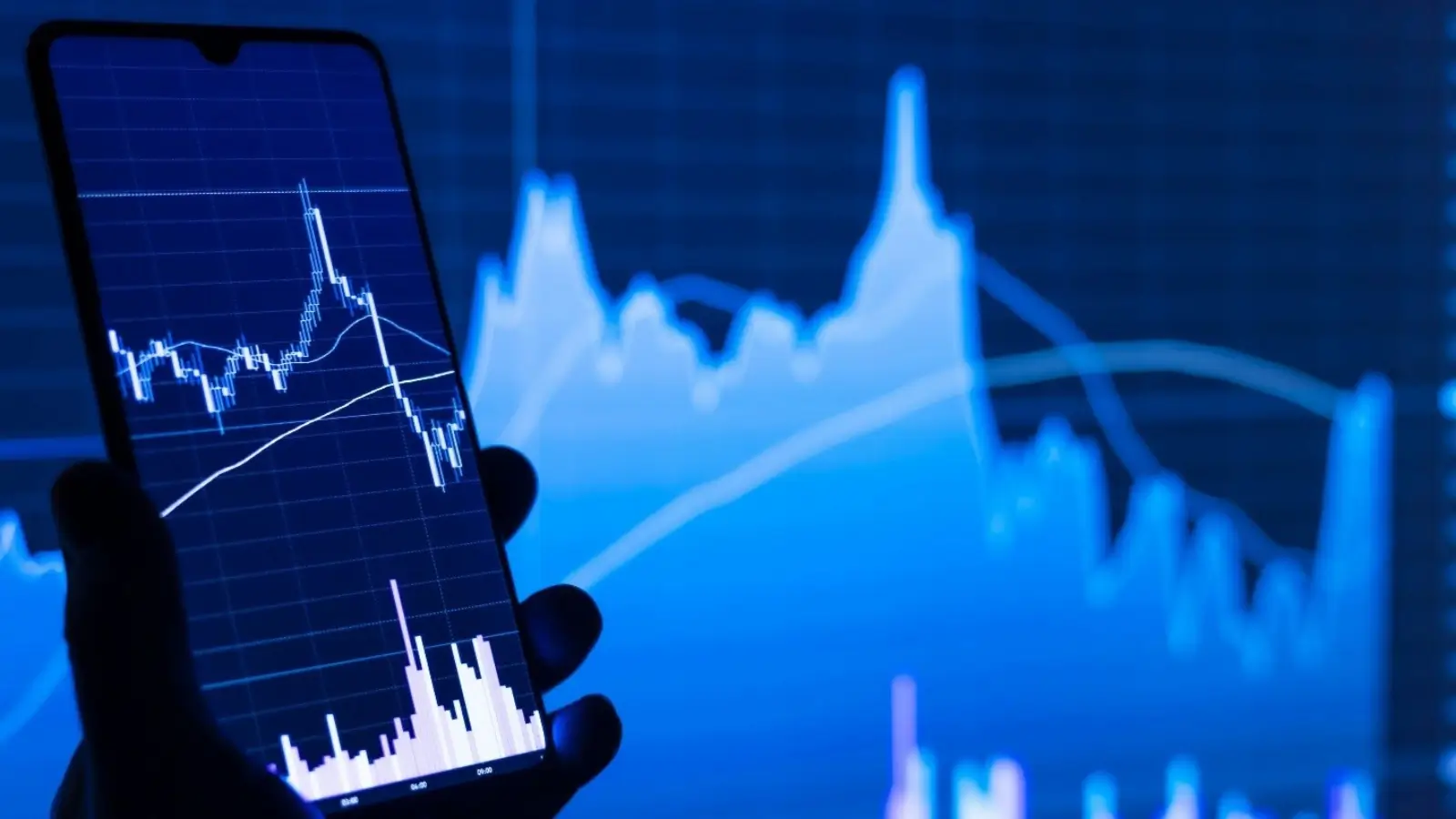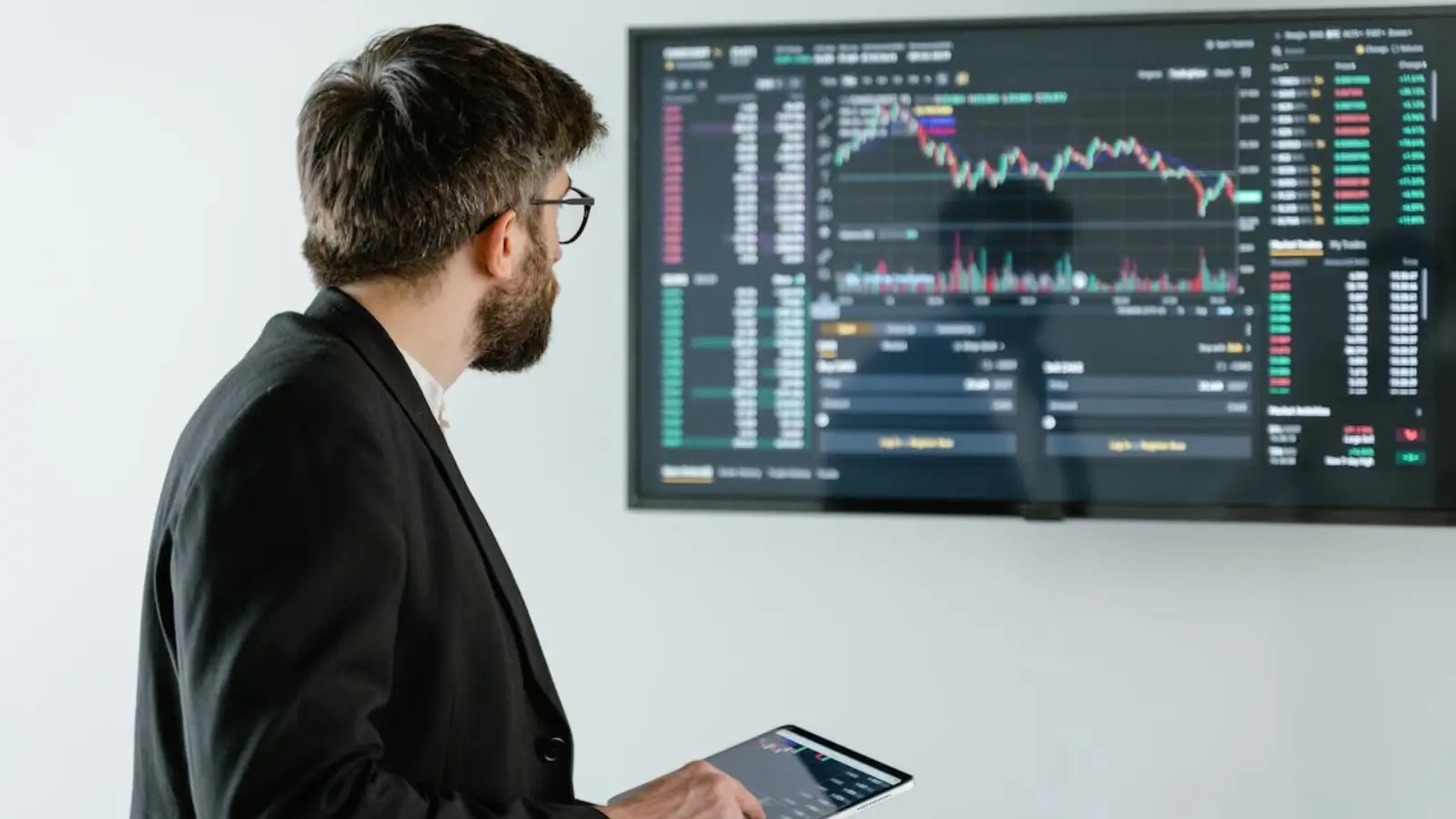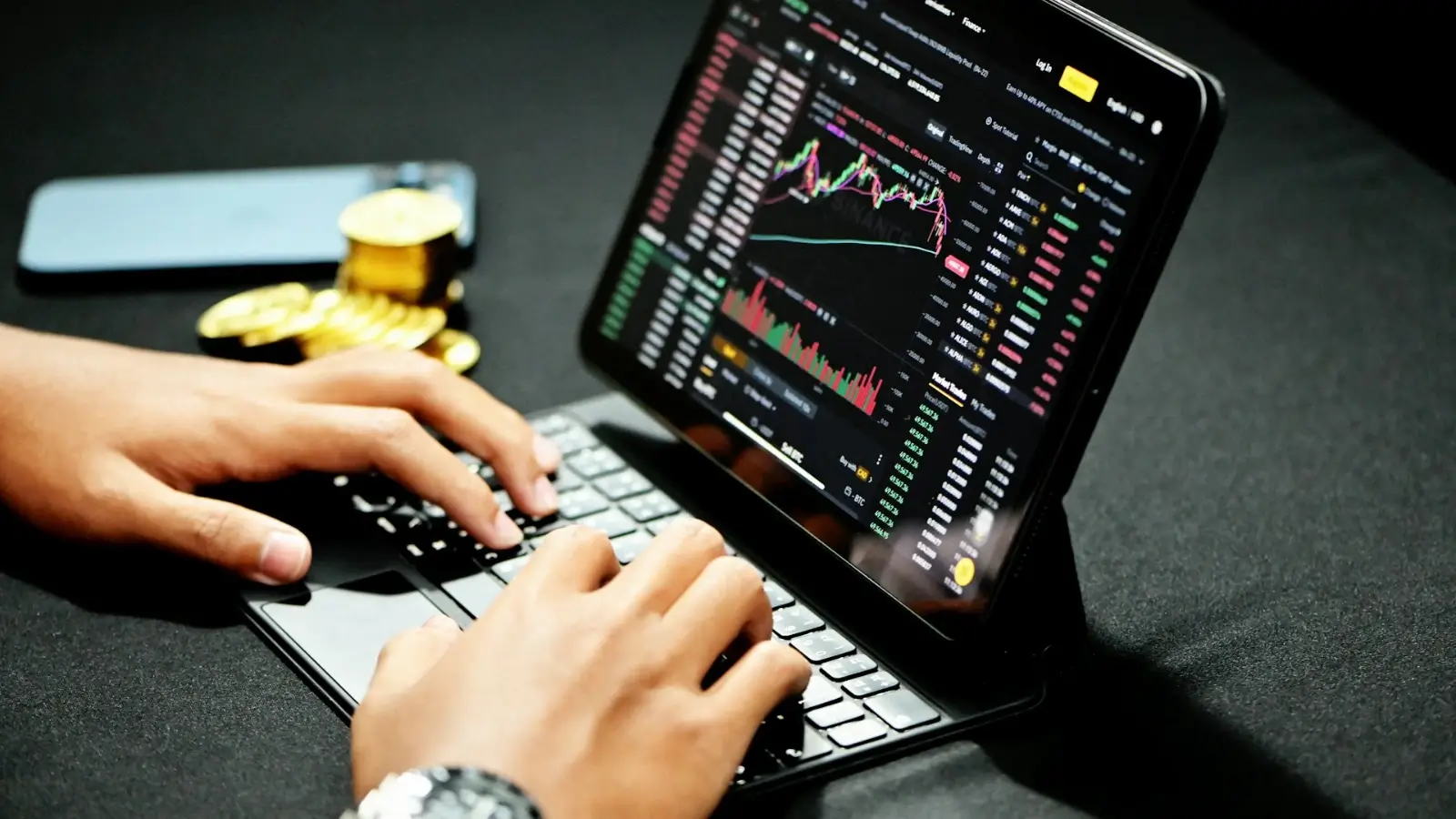Rapid changes in market pricing might have traders rushing to stay ahead. The speed and unpredictability of trading conditions are frequently too much for the conventional techniques of technical and fundamental analysis to handle. This is where order flow analytics can be a game changer, as it provides valuable insights into the real-time movement of buy and sell orders.
By closely examining the actions of others, market participants are able to make better selections. Even though a lot of them still use traditional charting techniques, they may greatly improve their ability to anticipate price changes and stay ahead of the curve by incorporating the best Order Flow Software into their approach.
What Are Order Flow Analytics?
To get important insights into sentiment, the method entails monitoring market participants' purchasing and selling activities. It offers a real-time view of the market as it develops, in contrast to traditional technical analysis, that is based on historical price data. Traders can better grasp the underlying psychology of the market by keeping a careful eye on the placement and execution of orders.
The ability to provide a more accurate picture of activity is one of the main advantages of the process. While price patterns may be seen on traditional charts, the fundamental causes of those moves are not shown. Order flow data helps traders identify who is driving the market — retail, institutional investors, or algo-traders — and provides clues as to where it is likely to move next.
Key Tools in the Analysis
Data analysis and visualization require order flow trading software. Using the tools listed below, traders can keep track of the trading action in real time and detect trends, as well as make decisions faster.
- Footprint order flow: This tool provides a clear picture of the areas where buying and selling pressure is concentrated by providing a thorough breakdown of market orders and the volume of trades at various price points.
- Futures order flow: In this method, movement of orders in futures contracts is monitored to help predict long-term trends.
- Crypto order flow: As digital currencies, like Bitcoin, have gained popularity, its importance in learning the sentiment in the cryptocurrency industry has grown accordingly. Using a crypto order flow chart, traders are able to track the flow of orders in real time and see how much interest there is in specific coins.
The application of these tools enables traders to have real-time knowledge of the dynamics of the market. If only the traditional tools are used, this information may be hard to obtain, which makes correct decisions difficult.
How to See Order Flow and Use it to Predict Market Movements?
Order execution should be monitored regularly. The combination of buy and sell orders executed at market prices is known as market order flow and can provide traders with immediate indicators regarding market direction.
Platforms for order flow analytics usually offer real-time charts that show the movement of these orders, which enables traders to see patterns and sentiment changes as they happen. By monitoring the execution of buy and sell orders, they will be in a position to establish whether there is a strong buying pressure and whether the asset’s price is about to reverse.
The Importance of Real-Time Data
In dynamic markets, speed is very important and access to up-to-date information may be the difference between profit and loss. This is especially the case when volatility is extreme.
With the help of the right tools, traders will be able to make faster judgments relying on the latest data. As an example, they can ensure they make purchases before the price shifts excessively, in the event they notice a sudden increase in purchase orders.
The Role of Order Flow Analytics in Volatile Markets

Traditional indicators may react slowly in volatile and uncertain circumstances, and price patterns may change rapidly. Dedicated and correct tools excel in this situation. Real-time monitoring enables traders to promptly detect sentiment changes, anticipate possible reversals, and profit from new trends before they are widely acknowledged.
In extremely erratic markets like cryptocurrency, where price fluctuations can be sharp and happen in a matter of minutes, this is especially helpful. Traders are able to quickly respond to shifts in mood and modify their deals to stay ahead of the competition by using crypto order flow.
What Are the Real-World Applications?
The tool has a wide range of practical applications. Here are some of the most common ways order flow tools are used:
- It identifies key support and resistance levels: Traders can determine areas with a concentration of large buy or sell orders — which frequently correlate to significant support or resistance levels — by examining various price points.
- It helps spot hidden liquidity: It might be challenging to identify the level of liquidity in illiquid markets. Exposing hidden liquidity allows proper techniques to help traders stay out of a low-liquidity situation.
- It predicts price reversals: Traders can avoid being caught in protracted trends that are poised to change direction by keeping an eye on changes.
With the correct tools, traders can more accurately follow market movements, forecast price changes, and ultimately improve their chances of success. Traders can gain a new level of information and stay ahead of the competition in even the most volatile markets by learning how to use data successfully.

















